Over the years, we’ve spent serious time with Japanese watches by wearing them daily, testing their limits, and tracking how they hold up over time. This guide draws directly from that experience. It’s grounded in real-world use through the watches we’ve worn, tested, and trusted over time.
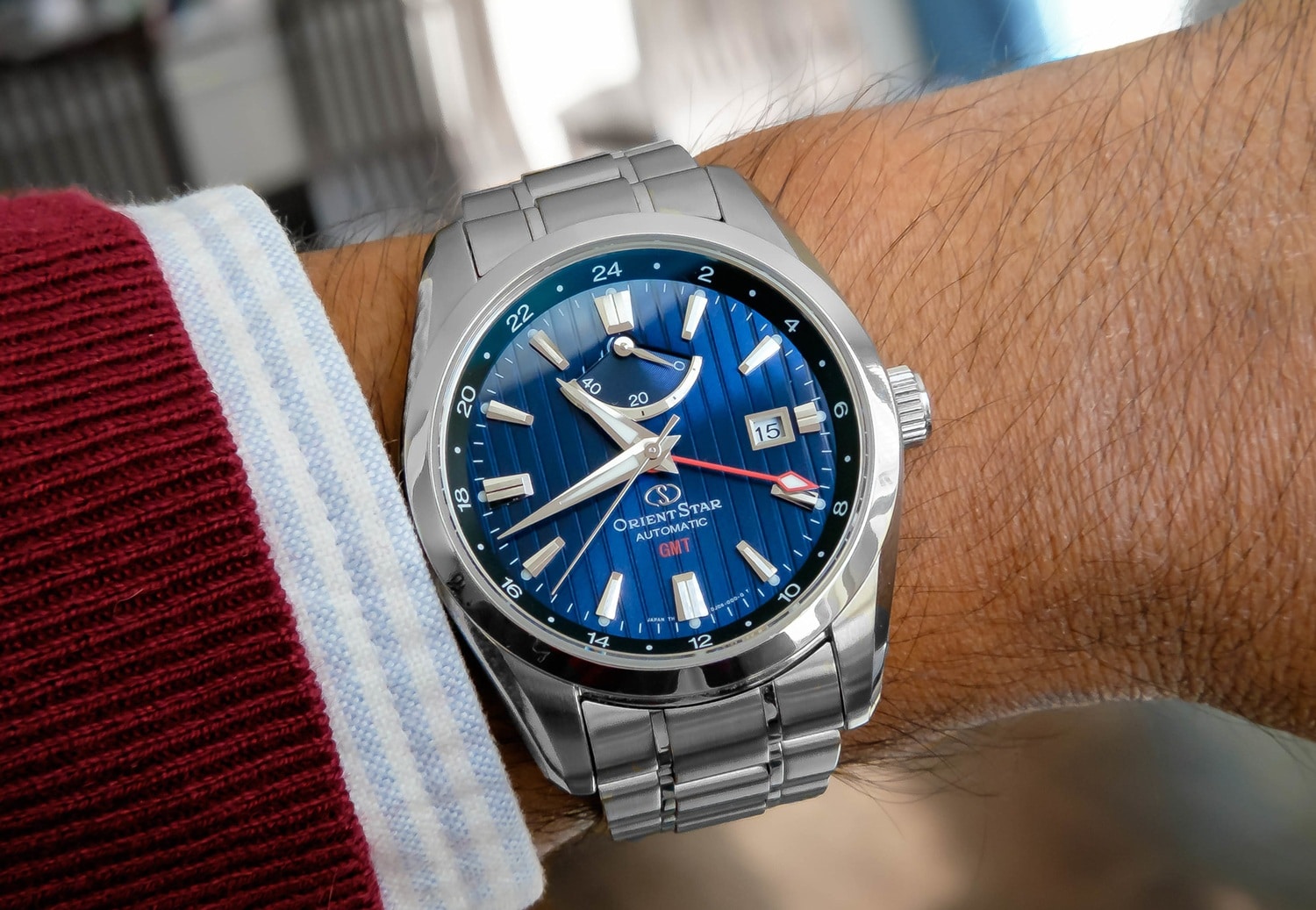
Each brand featured here brings something different to the table, whether it’s low-maintenance accuracy, mechanical accessibility, or refined casework. But what they share is distinctly Japanese: a focus on function over flair, engineering over status, and long-term trust over quick impressions.
Casio
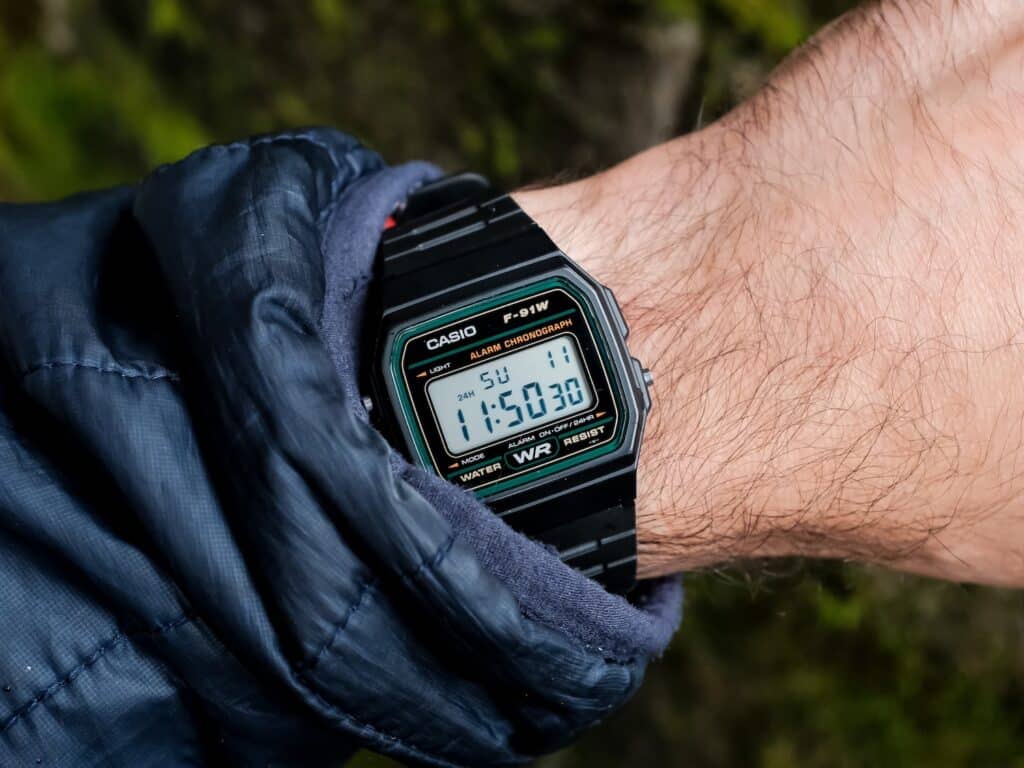
Among Japan’s legacy watchmakers, Casio stands apart by treating affordability and mass availability not as limitations, but as guiding principles of design. Best known for their digital watches, Casio doesn’t rely on sapphire crystals or premium case materials to justify true value. Instead we’ve always noted in our hands-on reviews of their timepieces that they double down on utility and affordability by offering features like world timers, countdown alarms, perpetual calendars, and atomic synchronization. From lightweight resin housings to cost-efficient folded metal bracelets, each material choice helps keep prices low while reinforcing Casio’s function-first priorities. While some wearers may criticize features like fixed integrated straps for limiting strap versatility, we’ve always found that they’re intentional design choices that simplify construction, reduce cost, and optimize case geometry for intuitive, ready-out-of-the-box wear.
Now what’s interesting is that many of the design cues now associated with retro digital style (square screens, offset pushers, asymmetrical bracelets) originated with Casio’s early efforts to make digital technology accessible, wearable, and practical. However, it’s not retro digital nostalgia alone that sets Casio apart. It’s their consistent fluency in functional restraint, prioritizing legibility, utility, and cost-conscious execution for people who genuinely rely on their watches. That’s why we always tell anyone who is interested that Casio builds watches that disappear on the wrist, ask nothing from the wearer, and excel in the exact ways that matter. It’s an ethos grounded in engineering clarity and stripped of pretense, focused entirely on performance, and built for daily reliability. You can learn more about our personal experience reviewing Casio in our F91W and Wave Ceptor reviews.
Pros:
- Extremely affordable and widely available
- Function-focused design (world timers, alarms, calendars, etc.)
- Lightweight, comfortable resin cases
- Incredibly low maintenance
- Digital aesthetic rooted in original mass-wearable design
- Known for reliability and daily utility
Cons:
- Basic materials (resin cases, acrylic crystals)
- Integrated straps limit customization on some models
- May feel disposable to buyers unfamiliar with their functional value
- Lacks mechanical appeal for traditionalists
G-Shock
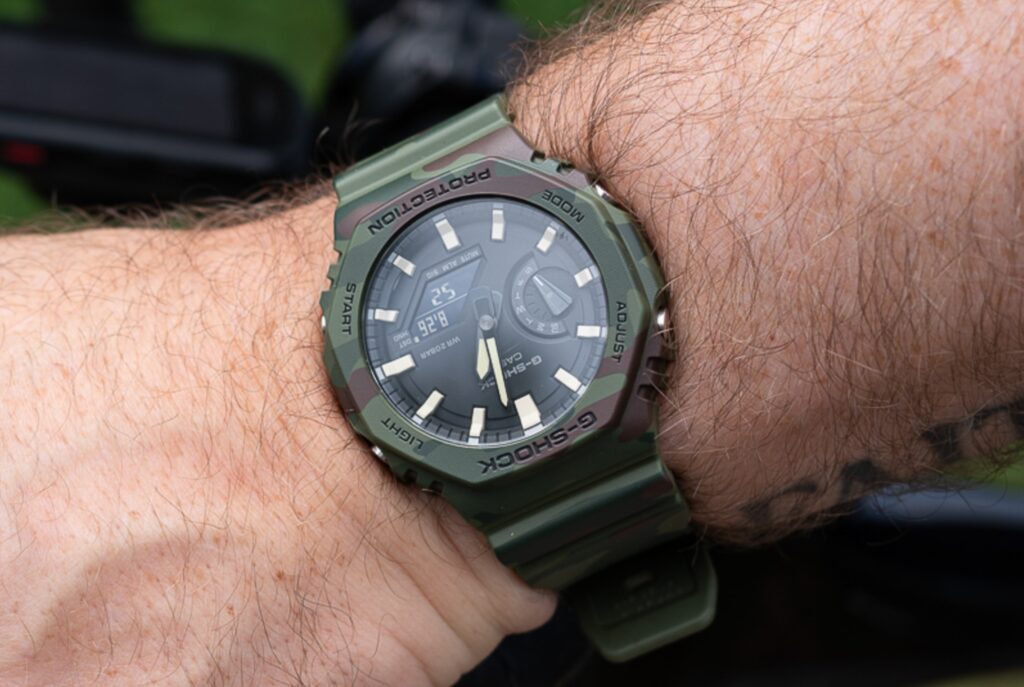
G-Shocks are structurally overbuilt to handle impacts most watches would never survive. Across all the verities and models that we’ve tested, features like shock-absorbing lugs, recessed displays, and dual-function LCDs consistently proved essential in real-world use. These aren’t design flourishes, but safeguards that matter when things go sideways. It’s a distinctly Japanese approach to engineering: solving practical problems through physical design rather than software or disposable parts. That engineering-first approach shapes everything from how these watches wear to how they respond. We’ve always found the button feedback to be firm and deliberate, even through gloves. Strap systems vary, but each integrates with the case in a way that absorbs energy rather than transfers it during impacts while it’s on the wrist.
Even the size, often cited as a drawback due to the fact that G-Shocks often wear large, is functional. That bulk creates the volume needed for true shock dispersion and water resistance. While hands-on testing we also determined that the large size contributes to a secure, planted feel on the wrist that’s surprisingly intuitive once worn. G-Shock’s aggressive geometry has since become a visual shorthand for durability. But none of that started as style. The aesthetic followed the function. What emerged from that process wasn’t just a tough watch, but one that ended up shaping the visual language of modern sport watches. Our hands-on reviews of the Casioak, DW9052, and Mudmaster further catalog our opinions and experiences with G-Shock.
Pros:
- Industry-leading durability and shock resistance
- Functional design built around real-world abuse
- Long battery life or solar power depending on model
- Button feel and strap integration optimized for utility
- Proven use among military, EMTs, and law enforcement
- Rugged aesthetic has influenced an entire design category
Cons:
- Large case sizes may not suit all wrists
- Some models feel overbuilt for everyday wear
- LCD legibility varies depending on display type
- Styling can be too aggressive for more traditional tastes
Seiko
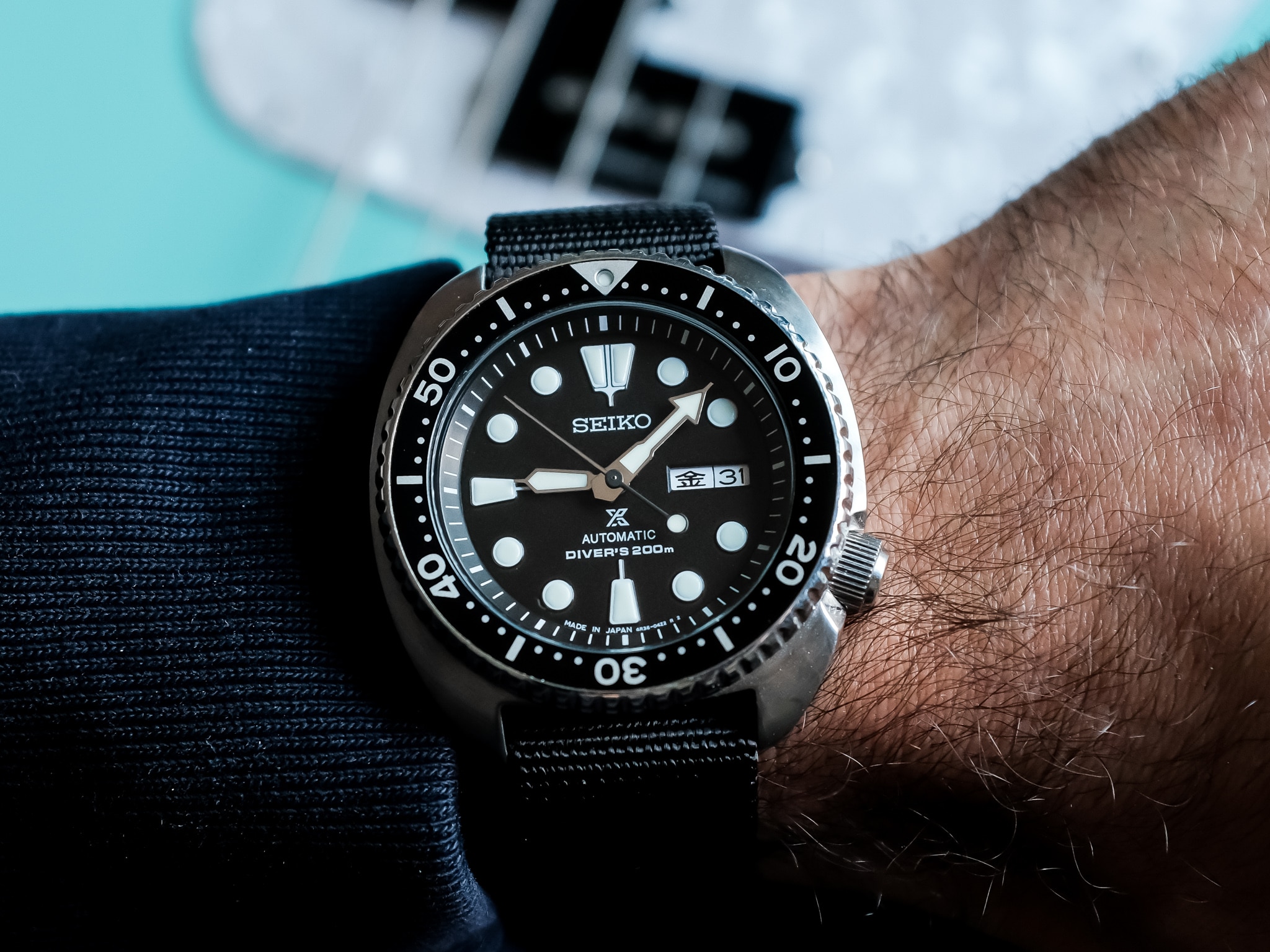
Seiko has built its reputation on utility, long-term reliability, and a variety of offerings, principles that we’ve consistently highlighted in our Seiko reviews over the years (especially amongst the brand’s most affordable offerings). Their movements are made in-house to maintain control over quality, reduce long-term servicing complexity, and keep replacement costs manageable. Plus, many of the brand’s larger models wear smaller than their dimensions suggest, thanks to compact lugs and thoughtful case geometry that hugs the wrist. We’ve also had consistently strong experiences with Seiko’s proprietary lume material, LumiBrite, which routinely outperforms watches at twice the price in low-light conditions. You’ll generally find that bracelet components are easy to size and adjust with the right tools, even if they sometimes feel a bit lightweight or rattle slightly during desk work.
That balance of practicality and ease makes these watches a go-to choice for first-time mechanical buyers looking for reliability without the need for constant upkeep. What all of this adds up to is a budget strategy rooted in actual wearability. It’s a distinctly Japanese approach to design—modular, durable, and quietly tuned for everyday function rather than flash. For anyone more focused on wearing a mechanical watch day in, day out with minimal fuss and maximum dependability Seiko’s catalog continues to offer some of the best value in the industry. You can explore more of our unique insights and hands-on experiences with Seiko in our reviews of the Turtle, Seiko 5 GMT, and 5KX diver.
Pros:
- Excellent price-to-performance for mechanical watches
- In-house movements with proven reliability
- Great lume performance (LumiBrite)
- Balanced case proportions and comfortable wear
- Broad appeal: suitable for beginners and seasoned enthusiasts alike
- Easy sizing and adjustment on most models
Cons:
- Bracelet quality can be lacking (rattly links, hollow end pieces)
- Mineral crystals used in many models
- Quality control can vary at the lowest price tiers
- Some models lack fine finishing details
Grand Seiko
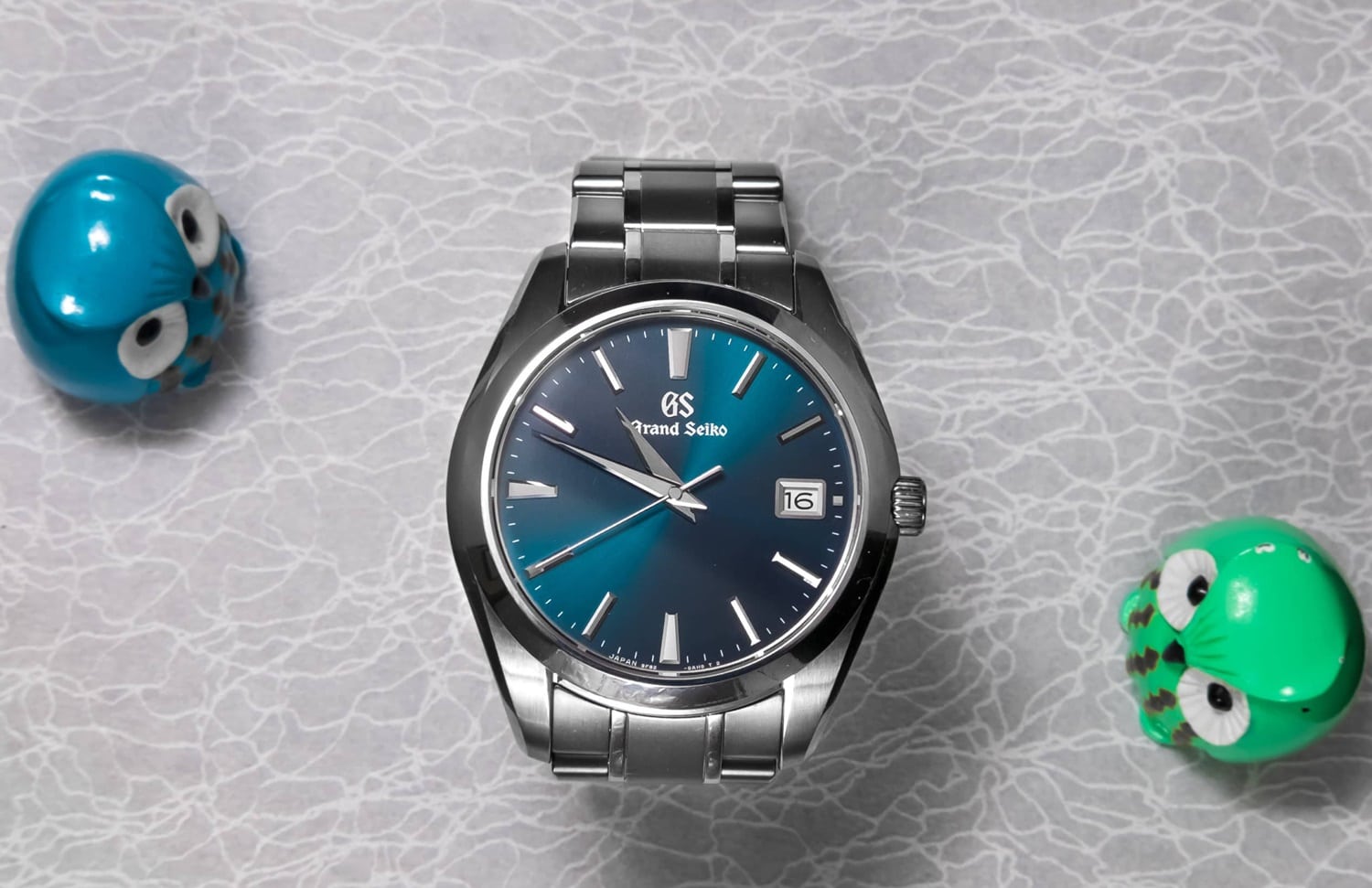
When most people think of Grand Seiko, they picture fine mechanical movements and Spring Drive calibers. But some of the brand’s most quietly impressive watches are quartz, specifically, the high-accuracy 9F models. After reviewing and also personally owning one, I’ve learned that you don’t really understand one of these until you’ve lived with it on wrist. It doesn’t fight for attention like most high-end watches. It just wears light, stays balanced, and turns routine moments into something unusually precise. The hands glide without a hint of jitter. The weight distribution feels intentional. Light doesn’t just reflect off the case and dial. It moves across brushed and polished surfaces like it was tuned for legibility.
That sense of calm control is driven by a movement many collectors overlook: the 9F quartz movement itself. It’s sealed, thermocompensated, serviceable (which is very unusual for quartz movements), and accurate to within +/- 10 seconds per year. But what the review team and I found that stands out the most while wearing it is how refined the engineering feels. The twin-pulse motor gives the hands a bold, confident motion you can see across the room. There’s no wobble or overshoot of the seconds hand, thanks to the backlash auto-adjust system that locks each tick precisely in place. The crown also feels deliberate and precise, engineered to let you set the minute hand exactly where it needs to land. These aren’t watches built around a surface level understanding of prestige. They’re the result of a company refining the same idea until every detail is under control. In Japan, mastery often reveals itself through repetition and restraint and Grand Seiko embodies that fully through the way everything quietly works the way it should. We have more hands-on insights in our review of the 9F Quartz SBGV233.
Pros:
- Elite accuracy across 9F Quartz models (±10 seconds/year)
- Thermocompensated, sealed, and serviceable quartz movements
- High-end finishing with purposeful light behavior
- Quiet design language that rewards close attention
- Excellent balance, wear comfort, and dial clarity
Cons:
- Pricing can be high in relation to other quartz watches (despite movement quality)
- Not all buyers appreciate understated styling
- Lacks mechanical or Spring Drive “prestige” to some enthusiasts
Citizen
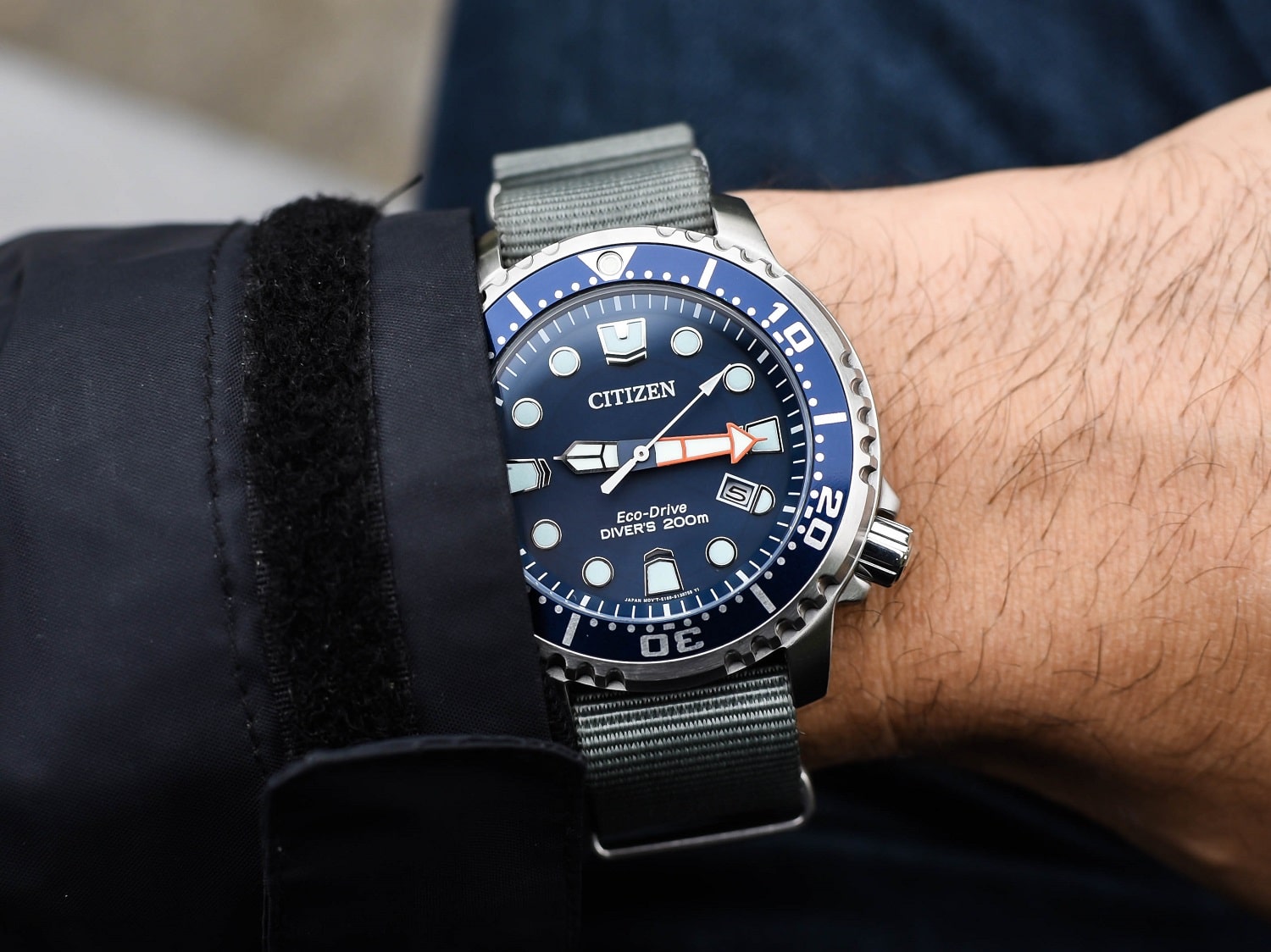
Citizen focuses on product access, accuracy, and simplicity, using solar-powered Eco-Drive movements to eliminate nearly all the upkeep mechanical watches usually require. One of Eco-Drive’s biggest advantages that we’ve noted in our hands-on testing is its months-long power reserve, which means these watches stay ready to go even after being off the wrist for weeks. In daily use, you’ll also find that they wear without distraction since they are built for everyday people from all walks of life who simply want a reliable watch they don’t have to think about. Timekeeping stays accurate. Power never runs out (as long as you’re getting it in the sun at least once every 6 months).
Across the lineup, you’ll find a variety of strap options, designs, and case sizes. Plus pricing stays quite modest for the most part, yet many models still deliver high quality features like ISO-certified depth ratings, perpetual calendars, or pilot-style slide rule bezels that actually function in the field. As one of Japan’s vertically integrated watchmakers, Citizen applies the same discipline to solar technology that others reserve for mechanical prestige. It doesn’t present its technology as a showcase but rather treats it like essential infrastructure. That makes it an ideal choice for someone who wants capability without ceremony, and a watch they can wear, forget, and trust without second thought. We catalog more of our personal experience with Citizen in our reviews of the Promaster Diver, Avion, and Ana-Digi Temp.
Pros:
- Maintenance-free solar power with long reserve
- Strong accuracy and reliability
- Lightweight, comfortable designs meant for everyday use
- Excellent functional value (ISO ratings, slide rules, perpetual calendars)
- Great option for new buyers or no-fuss wearers
- Models stay accessible across a wide range of price points
Cons:
- Design language can feel generic on entry-level models
- Less enthusiast appeal (few mechanical options)
- Limited hand-feel compared to mechanical alternatives
- Less brand storytelling or heritage focus
Orient
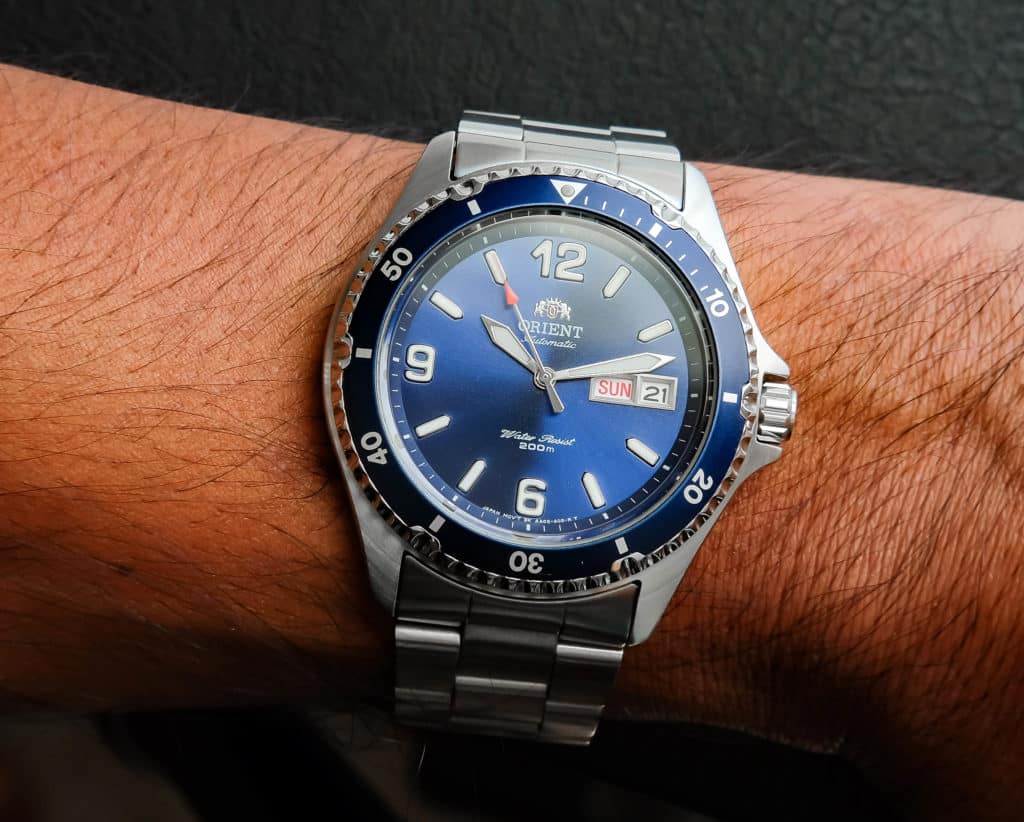
Orient builds affordable mechanical watches by focusing on functional design, in-house movement control, and price-accessible materials that hold up to daily wear. Even at the entry level, you’ll find features typically reserved for pricier watches like applied markers, well-finished metal bracelets, and dimensions that wear comfortably across a range of wrists. But what matters more is what’s inside their watches. Over the past decade, Orient has quietly upgraded its in-house movements by adding hacking, hand-winding, and better out-of-the-box accuracy that smooths out many of the quirks that defined earlier models. During hands-on testing, what stood out most was how dialed-in these watches feel—far more refined than their price or lack of prestige would suggest.
Cases are finished cleanly but without dramatic transitions. Hollow end links and mineral crystals help keep costs in check in the more affordable options. The appeal isn’t in statement-making or prestige. It’s in how little you have to think about them once they’re on. For new mechanical watch owners, that simplicity matters. There’s no steep learning curve, no fragile parts, and no pressure to baby their timepieces. Orient doesn’t position its watches as heirlooms. Rather, it builds them as approachable, low-maintenance options that make mechanical timekeeping easier to enjoy. It channels a particularly Japanese kind of workhorse ethic in being uncomplicated, mechanically sound, and focused on earning trust through use, not branding. Our Mako II, Ray II, and Kamasu reviews have more hands-on insights and personal experiences for Orient.
Pros:
- Great value in mechanical movements
- Reliable out-of-the-box accuracy after recent upgrades
- Modest styling that wears comfortably across wrist sizes
- Applied markers, metal bracelets even at entry level
- Low-maintenance and beginner-friendly
- Good balance of price, quality, and everyday usability
Cons:
- Mineral crystals and hollow end links in the more affordable models
- Basic finishing with limited case detailing
- Lacks high-profile marketing or brand prestige
Orient Star
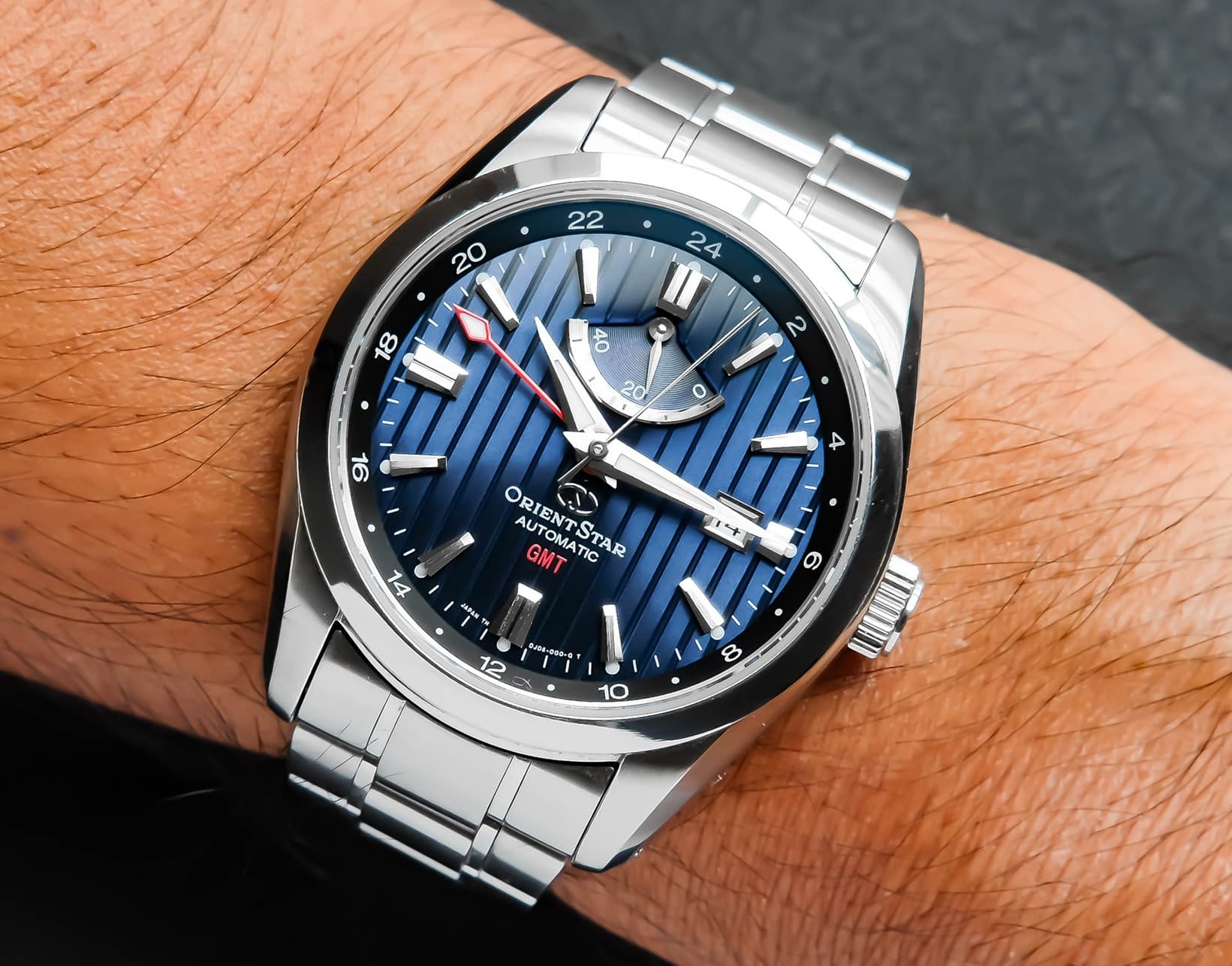
Orient Star builds on the foundation of its sibling brand (Orient) by moving upmarket and offering sharper finishing, more advanced complications, and in-house calibers that bridge the gap between enthusiast-grade functionality and traditional luxury. Across the Orient Star models we’ve worn and tested, the wearing experience consistently exceeds expectations especially given how often the brand gets overlooked due to Orient’s entry-level reputation. It’s one of the most underrated lines we’ve encountered, and we stand firmly behind its sleeper status. Case surfaces often employ a mix between brushed and polished surfaces, to support legibility and directional contrast in daily wear. Milled clasps, drilled lugs, and ergonomic casebacks show up across the lineup and offer functional upgrades that elevate the overall wearing experience.
In practice, the watches feel solid and dialed-in. Crown action is deliberate and smooth, with the kind of resistance that makes setting feel intentional, not loose or floaty. The power reserve indicator isn’t just there to aesthetically balance the dial. It’s a defining feature and in my opinion it’s one of the most consistently useful complications at this price. Orient Star is for buyers who want the feel of a high-end mechanical watch without paying for branding or status. As a Japanese brand, it delivers substance over flash, with a focus on precision, practicality, and long-term satisfaction. You can learn more about our experience with Orient Star in the WZ0071DJ GMT review.
Pros:
- Upgraded finishing and movements vs. standard Orient
- Excellent price-to-complication ratio
- Thoughtful case ergonomics and dial layout clarity
- Power reserve indicator is useful, not just decorative
Cons:
- Styling can be conservative or dated to some tastes
- Less global visibility or retail presence than competitors
- Still lacks the brand recognition of Seiko or Citizen

Co-Founder and Senior Editor
Kaz has been collecting watches since 2015, but he’s been fascinated by product design, the Collector’s psychology, and brand marketing his whole life. While sharing the same strong fondness for all things horologically-affordable as Mike (his TBWS partner in crime), Kaz’s collection niche is also focused on vintage Soviet watches as well as watches that feature a unique, but well-designed quirk or visual hook.
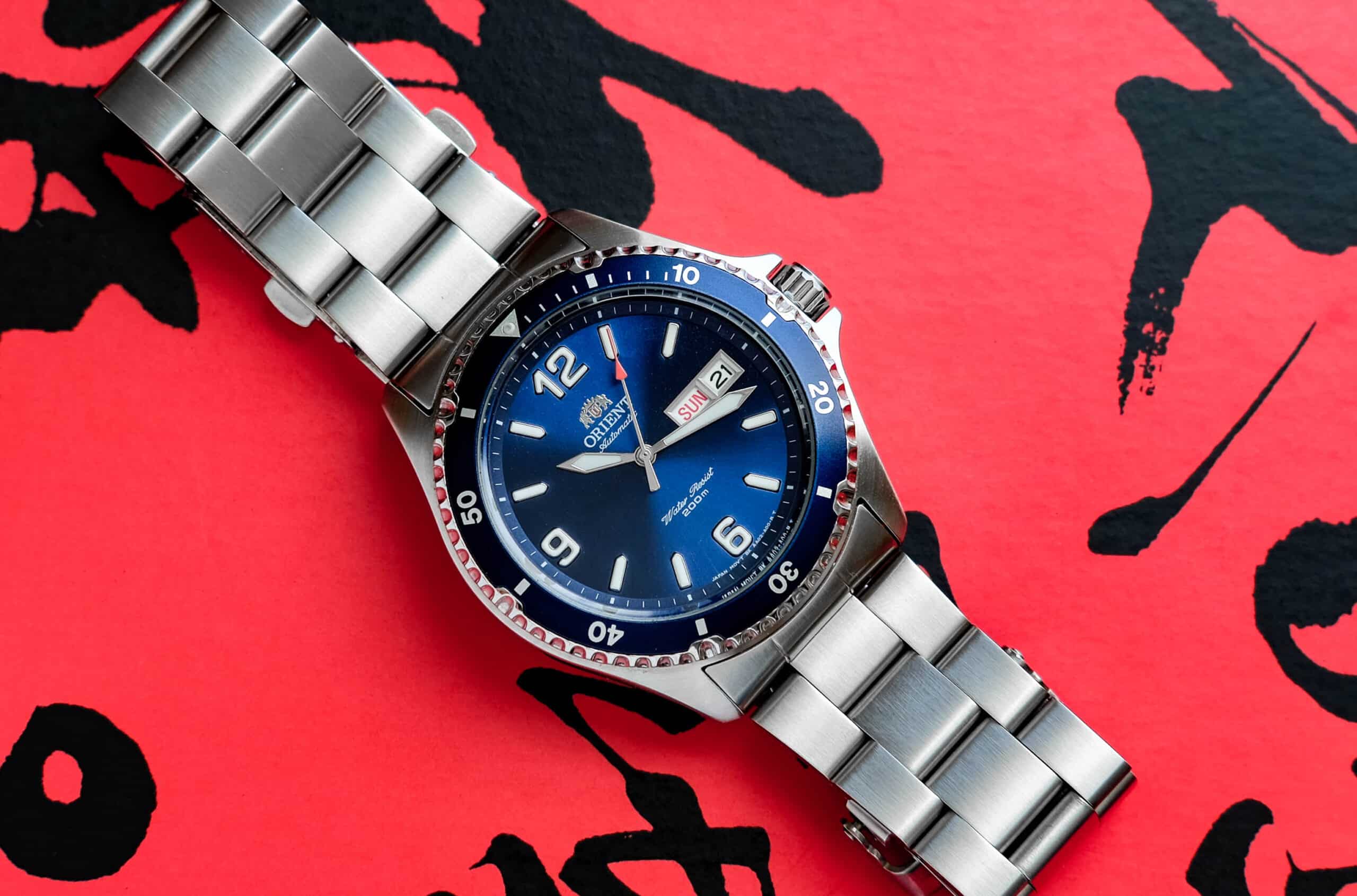
Fun article. I love watches and it’s something I can’t define. I collect based on what my eyes enjoy. Over the years I have learned a fair amount about the movements, complications, and makers. I have love and admiration for some of the more expensive and renowned timepieces on the market. Unfortunately, I have to be practical about my purchases due to my “average” income. It hasn’t hampered me from buying and enjoying the selections I have made for a second (typically $200-500). It is reaffirming to hear someone else say what I have thought for years…if it makes you happy
Thanks Curtis! That price range can absolutely make a fantastic collection
Another fun Japanese independent brand that I don’t hear much talk about is Kuoe. Might be worth looking in to!
Hi, Tommy:
Absolutely! Kuoe would be a great brand to include on the update for this piece. I’m certainly intrigued by what I’m seeing from them.
Thank you,
-Kaz